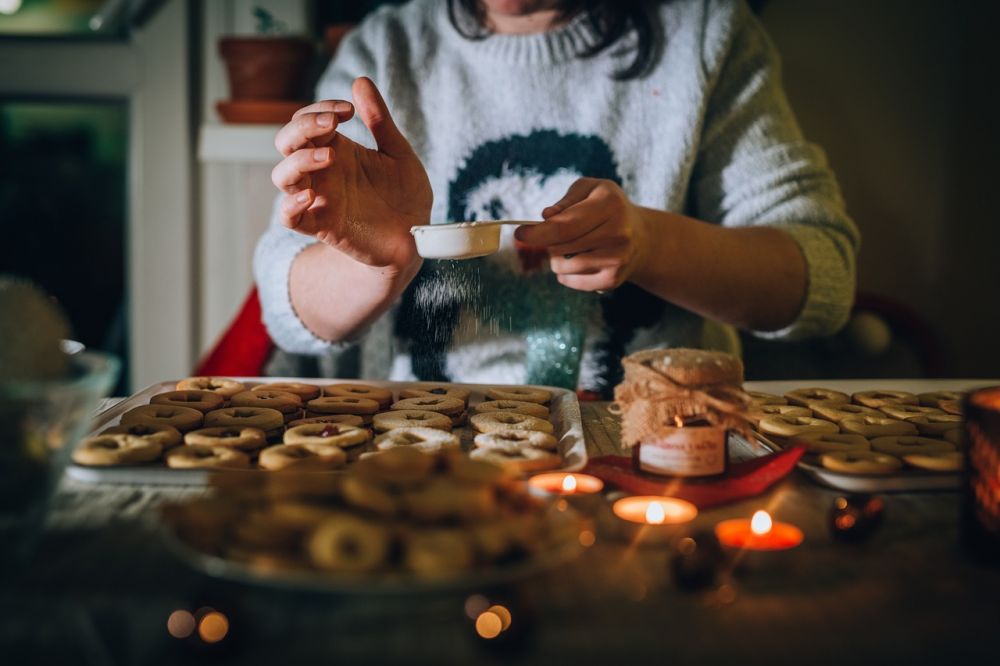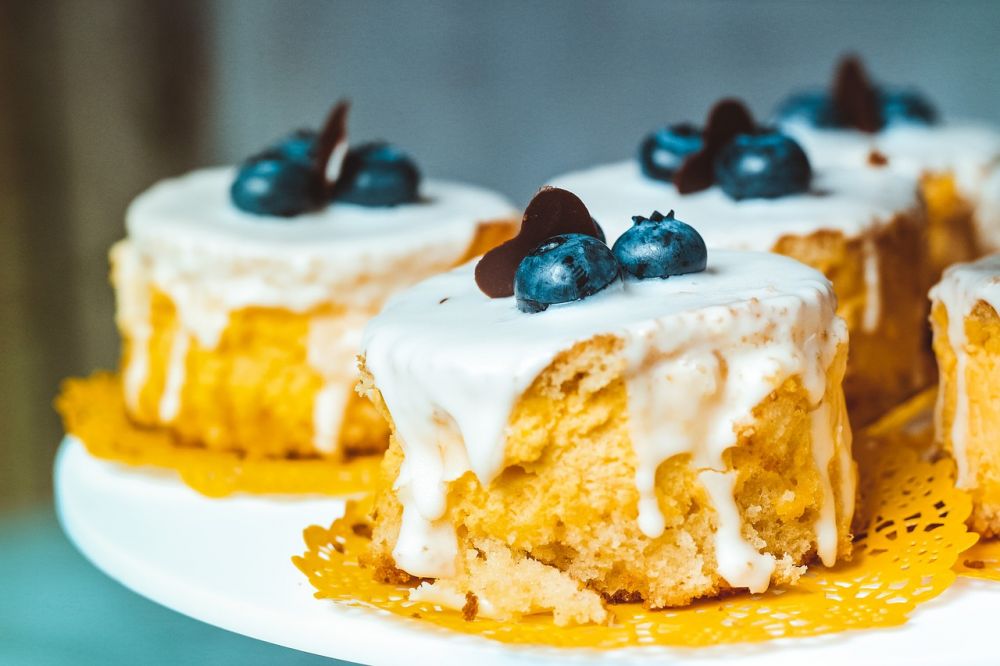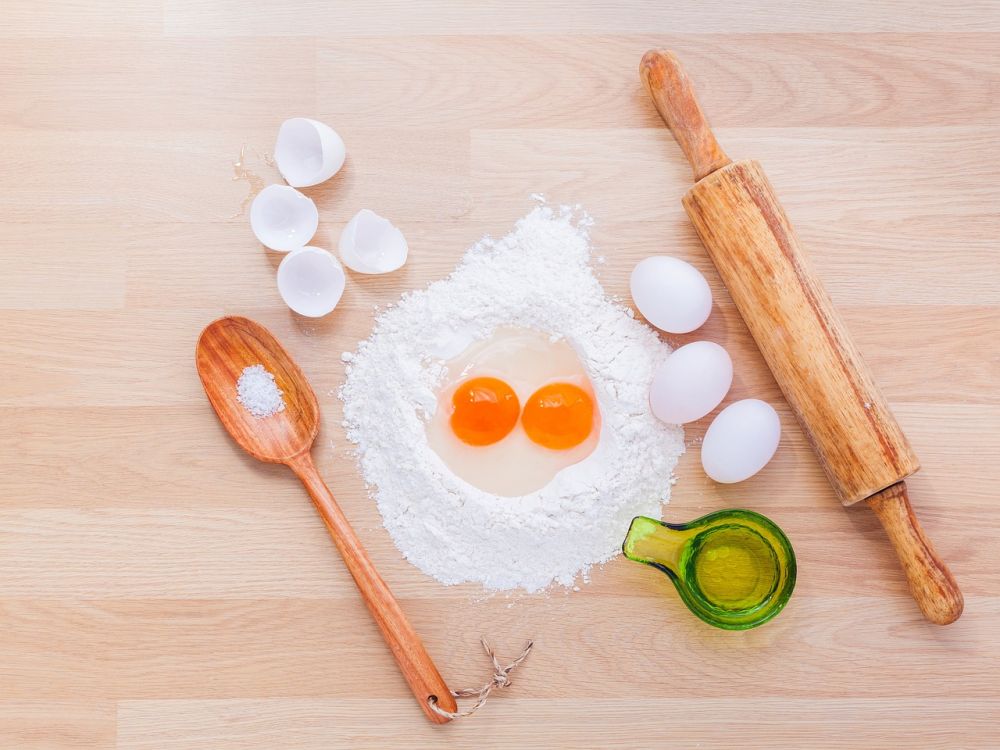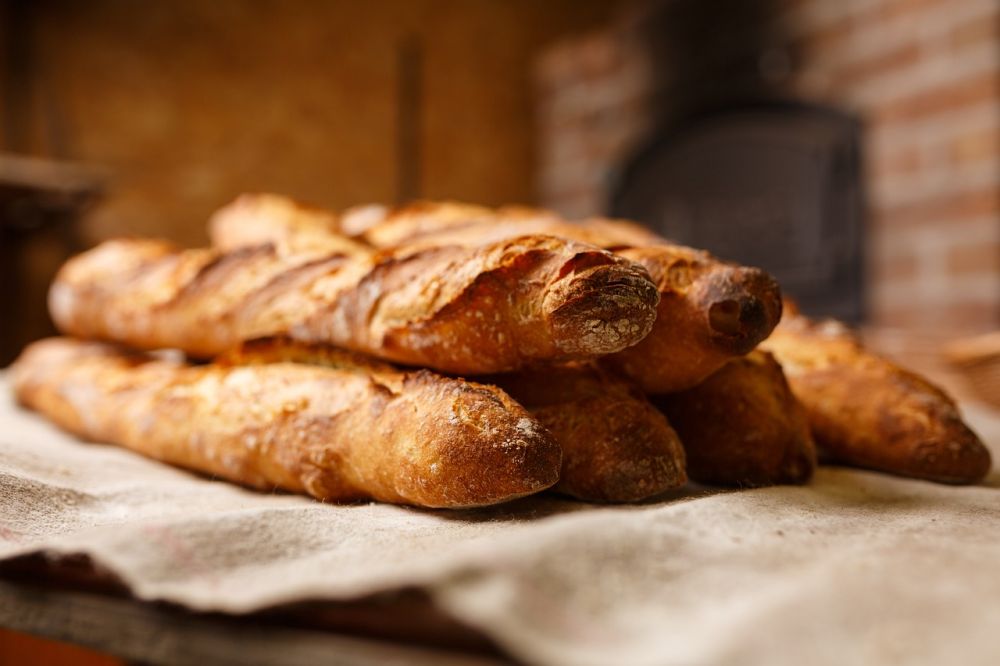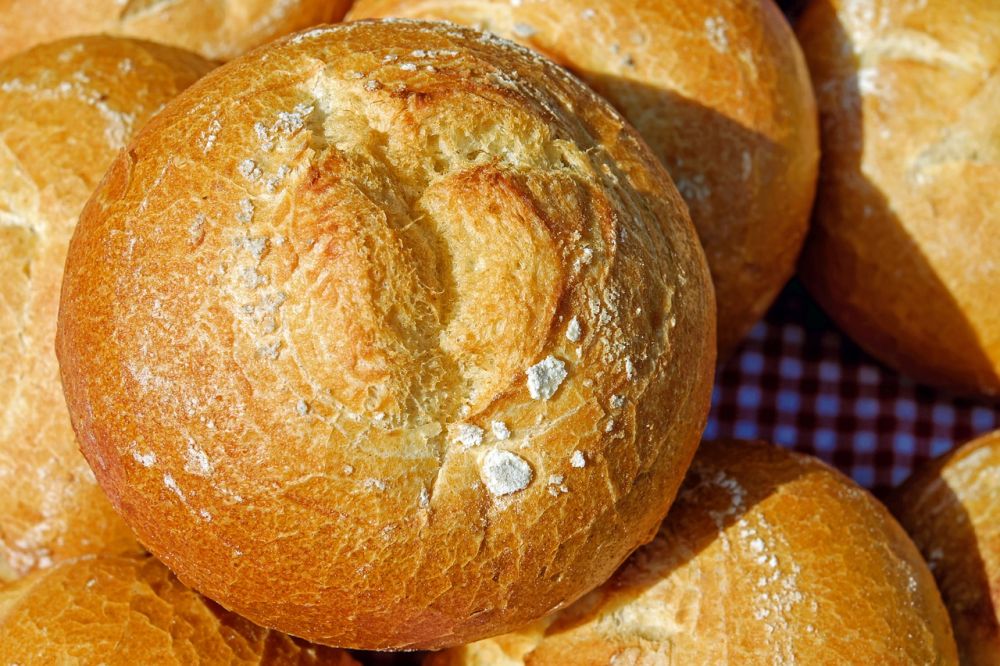No Bake Cheesecake: A Deeper Understanding
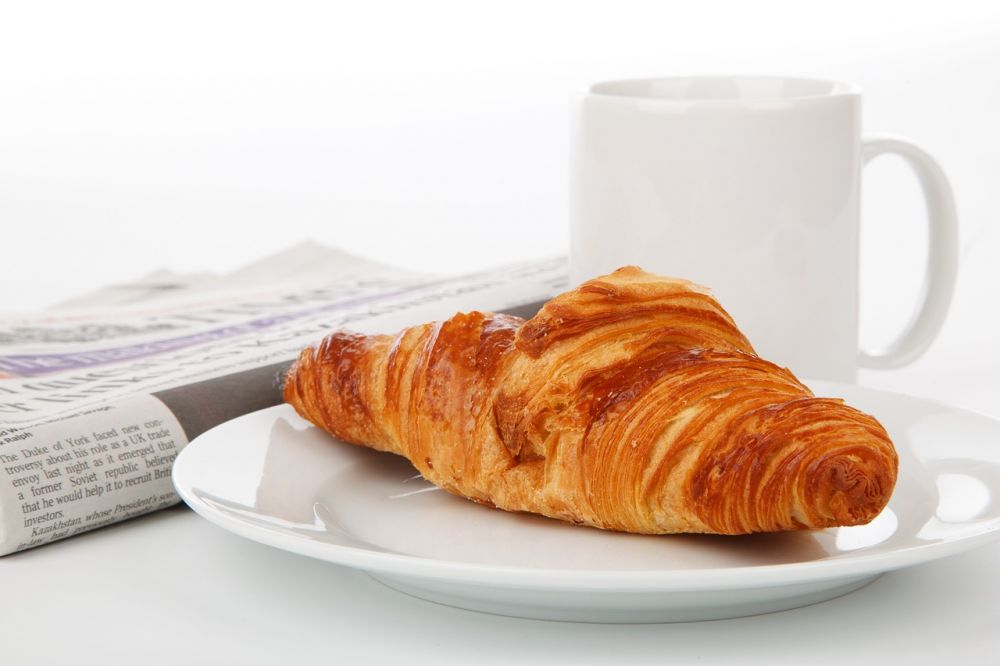
Introduction
No bake cheesecake has gained immense popularity in recent years due to its simplicity and delicious taste. This article aims to provide a comprehensive overview of no bake cheesecake, including its types, popularity, quantitative measurements, differences, and a historical analysis of its pros and cons. Whether you’re a dessert lover or a novice baker, this article will delve into all aspects of no bake cheesecake to enhance your knowledge and understanding.
A Comprehensive Presentation of No Bake Cheesecake
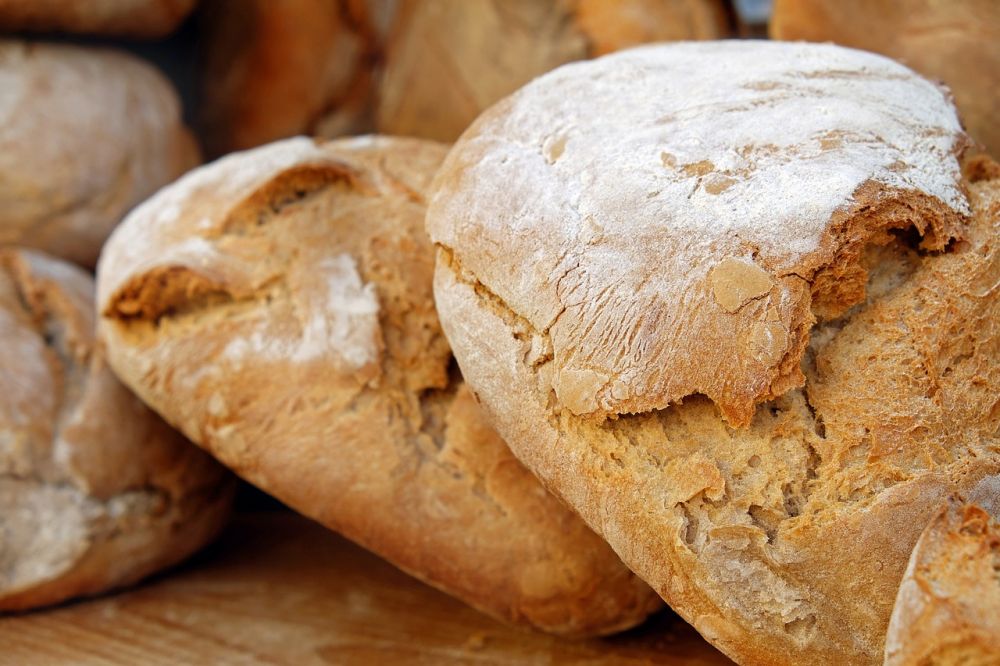
No bake cheesecake is a type of cheesecake that does not require baking in the oven. Unlike traditional cheesecakes that rely on baking to set the filling, no bake cheesecakes are usually made using gelatin or other setting agents. This results in a lighter and creamier texture, making it a favored choice among many dessert enthusiasts.
Types of No Bake Cheesecake
There are various types of no bake cheesecakes, each offering a unique flavor profile and preparation method. Some popular variations include:
1. Classic No Bake Cheesecake: This is the traditional version of no bake cheesecake, featuring a graham cracker crust and a creamy filling made with cream cheese, sugar, and vanilla extract.
2. Chocolate No Bake Cheesecake: Perfect for chocolate lovers, this version incorporates melted chocolate into the filling, resulting in a rich and indulgent dessert.
3. Fruit No Bake Cheesecake: This variation adds a refreshing twist to the classic recipe by incorporating fresh fruits such as strawberries, blueberries, or mangoes.
4. Vegan No Bake Cheesecake: Catering to dietary preferences, vegan versions substitute traditional cream cheese with cashews or tofu for a creamy and dairy-free alternative.
Quantitative Measurements of No Bake Cheesecake
When it comes to no bake cheesecake, precise measurements play a crucial role in achieving the perfect balance of flavors and textures. While the exact ratios may vary based on personal preference and recipe variations, a typical recipe includes measurements such as:
– Cream cheese: 16 ounces
– Sugar: 1/2 to 3/4 cup
– Heavy whipping cream: 1 cup
– Vanilla extract: 1 teaspoon
– Gelatin: 1 tablespoon
Understanding Differences in No Bake Cheesecakes
No bake cheesecakes can vary significantly in terms of taste and texture, depending on the ingredients and preparation techniques used. Factors that contribute to these differences include the type and amount of gelatin or setting agent, the richness of cream cheese used, and the presence of additional flavors such as chocolate or fruit. Exploring these differences allows individuals to select a no bake cheesecake that best suits their preferences.
A Historical Overview of the Pros and Cons of No Bake Cheesecake
No bake cheesecake has a rich history, dating back to ancient Greece. Initially, cheesecakes were made by mixing cheese, honey, and wheat to create a nutritious and filling dessert. With time, baking techniques were introduced, resulting in the creation of the traditional baked cheesecake. However, modern advancements have brought back the convenience of no bake cheesecakes, offering easier preparation and a wider range of flavors.
Benefits of No Bake Cheesecake:
– Quick and easy preparation: No bake cheesecake requires minimal effort and can be prepared in a relatively short time compared to baked cheesecakes.
– Versatility: No bake cheesecakes offer endless possibilities for flavor combinations, allowing individuals to experiment with various ingredients and customize their desserts.
– Light and creamy texture: The absence of baking results in a smooth and velvety texture, making it an appealing choice for those who prefer lighter desserts.
Drawbacks of No Bake Cheesecake:
– Setting time: No bake cheesecakes usually require several hours to set properly in the refrigerator, making it necessary to plan ahead when preparing this dessert.
– Limited crust options: Traditional graham cracker crusts are commonly used in no bake cheesecakes, which may restrict creativity when it comes to crust choices.
In conclusion, no bake cheesecake has become a beloved dessert option for its simplicity, wide variety of flavors, and creamy texture. By exploring the different types, understanding measurements, and learning about its pros and cons, you can fully appreciate the versatility and historical significance of this indulgent treat. So, grab your apron and give a no bake cheesecake recipe a try you won’t be disappointed!
: For visual inspiration and step-by-step instructions, watch this tutorial on how to make a classic no bake cheesecake.]
